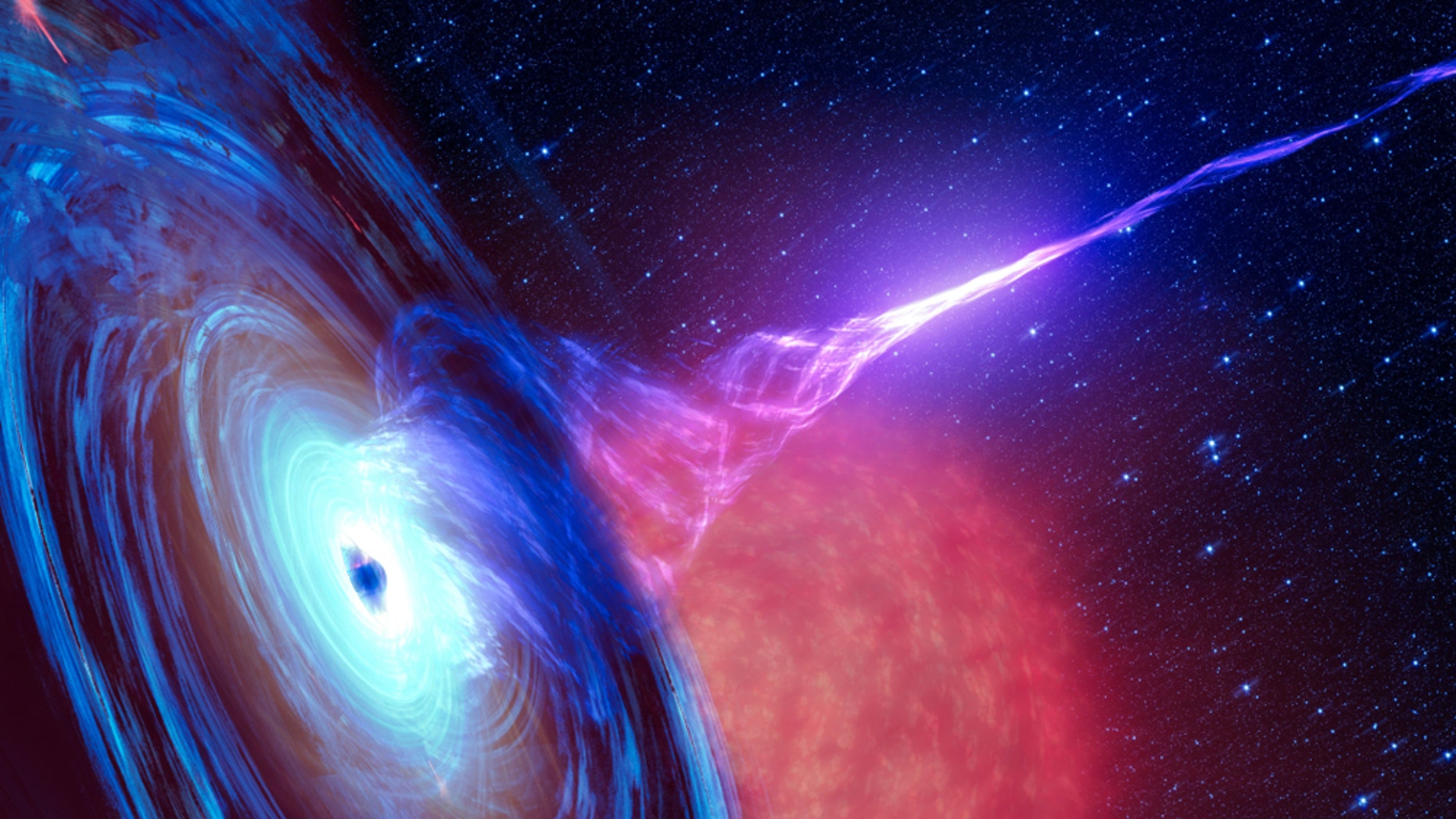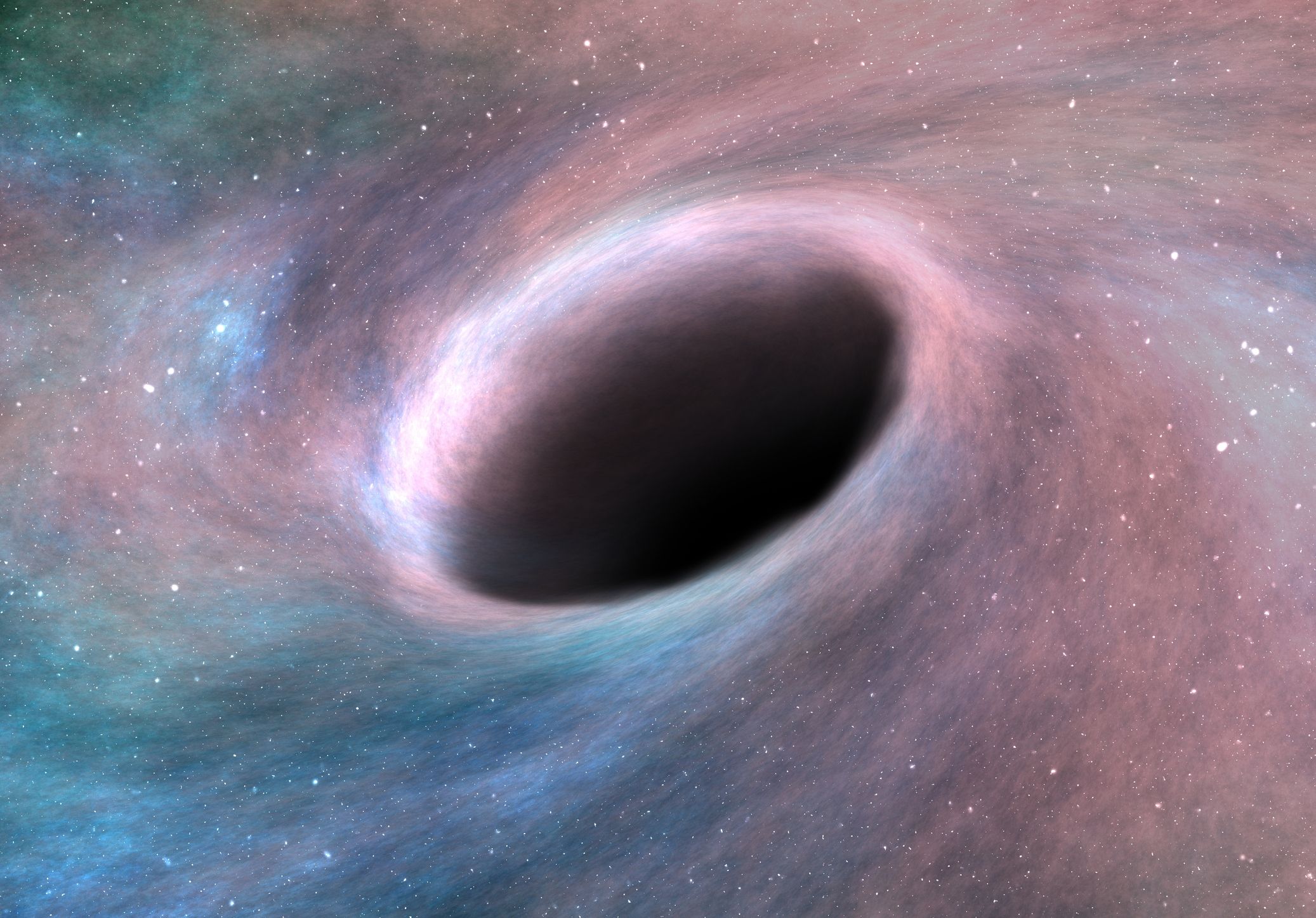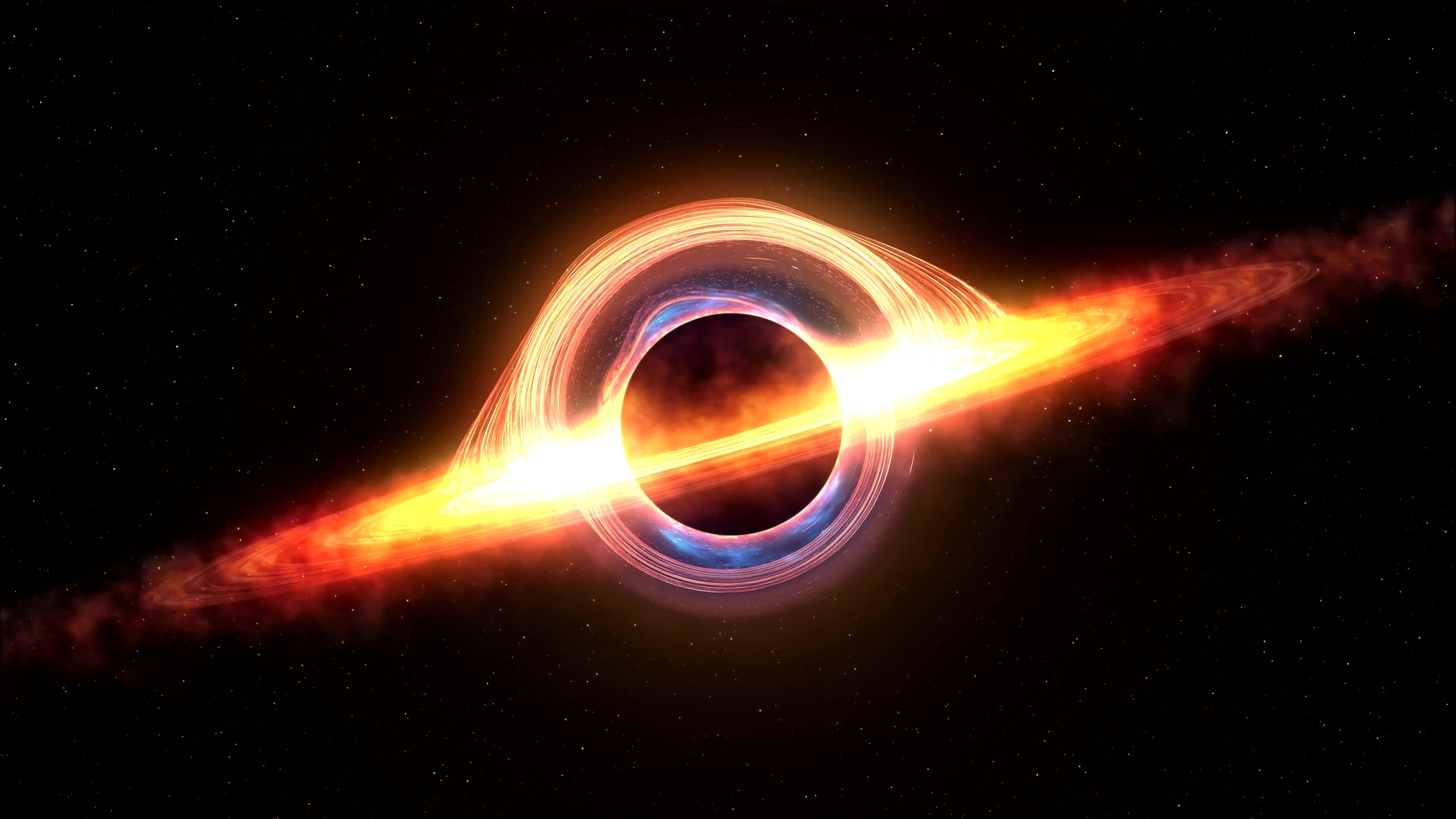

Polarization is a signature of magnetic fields and the image makes it clear that the black hole's ring is magnetized.įollowing the release of the first image of a black hole in 2019, astronomers captured a new polarized view of the black hole. As polarized light waves have a different orientation and brightness compared to unpolarized light, the new image shows the black hole in even more detail. In 2021, astronomers revealed a new view of the giant black hole at the center of M87, showing what the colossal structure looks like in polarized light. It also opens up a whole new area of research in black holes, now that astronomers know what a black hole looks like. The image maps the sudden loss of photons (particles of light). The EHT saw the black hole in the center of galaxy M87 while the telescope was examining the event horizon or the area past which nothing can escape from a black hole. In 2019 the Event Horizon Telescope (EHT) collaboration released the first image ever recorded of a black hole. (Image credit: EHT Collaboration) (opens in new tab) The Event Horizon Telescope, a planet-scale array of eight ground-based radio telescopes forged through international collaboration, captured this image of the supermassive black hole in the center of the galaxy M87 and its shadow. Related: How many black holes are there in the universe? Black hole images

Not only does the black hole candidate reside in the constellation Monoceros ("the unicorn"), its incredibly low mass - about three times that of the sun - makes it nearly one of a kind. The closest black hole to Earth is dubbed " The Unicorn" and is situated approximately 1,500 light-years away.

Though detecting black holes is a difficult task and estimates from NASA (opens in new tab) suggest there could be as many as 10 million to a billion stellar black holes in the Milky Way. Since the Milky Way contains over 100 billion stats, our home galaxy must harbor some 100 million black holes. (Image credit: NASA/UMass/D.Wang et al., IR: NASA/STScI) (opens in new tab)Īccording to the Space Telescope Science Institute (opens in new tab) (STScI) approximately one out of every thousand stars is massive enough to become a black hole. VFTS 243 was found using six years of observations of the Tarantula Nebula by the fibre large array multi element spectrograph instrument on the European Southern Observatory’s Very Large Telescope.At the center of the Milky Way lies a supermassive black hole Sagittarius A* (Sgr A*). Dormant black holes are hard to spot as they do not interact much with their surroundings. It has been observed in a neighbouring galaxy by a team of international scientists their study – published in Nature Astronomy – suggests that the star that gave rise to VFTS243 vanished without any sign of an associated supernova explosion.Īs part of the international research team, Crowther has been working with Tomer Shenar from the Institute of Physics and Astronomy, who started the study at KU Leuven in Belgium and is now a Marie-Curie fellow at Amsterdam University in the Netherlands.Ĭonfirming the likelihood of what he termed a “direct-collapse scenario”, ie, a collapse without an explosion, Shenar believes this has “enormous implications for the origin of black hole mergers in the cosmos”.Ī black hole is considered dormant if it does not emit high levels of X-ray radiation, which is how such black holes are typically detected. The newly discovered dormant black hole is at least nine times the mass of the Earth’s Sun, and orbits a hot blue star weighing 25 times as much as the Sun.

In a system of two stars revolving around each other, this process leaves behind a black hole in orbit with a luminous companion star. Stellar-mass black holes are formed when massive stars reach the end of their lives and collapse under their own gravity.


 0 kommentar(er)
0 kommentar(er)
